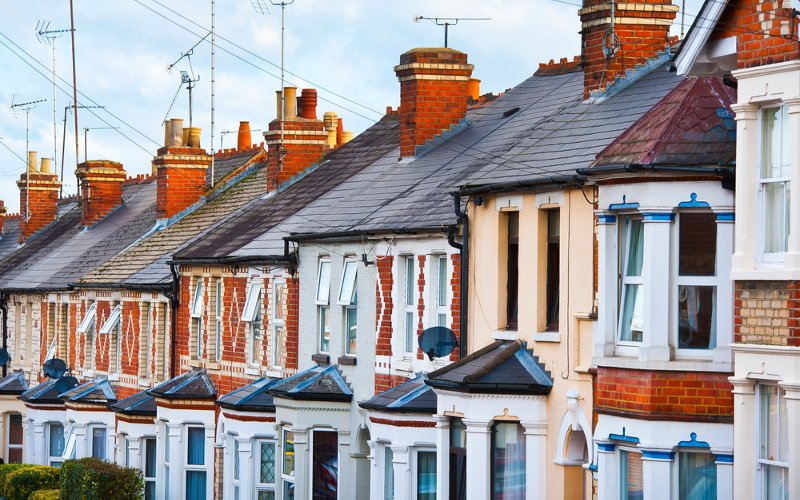The UK’s empty housing stock, whether old and decrepit or new and purposefully unoccupied, needs to be utilised more efficiently.

Tony Ward is chief executive of Clayton Euro Risk
“A chair is still a chair,” according to the great song writing team Burt Bacharach and Hal David, “even when there’s no one sitting there.” But Messrs Bacharach and David famously went on to tell us that a chair is not a house, and a house is not a home when there’s no one there. They had a point.
A report last week from investment company Property Partner revealed that the number of empty houses in England – houses that are not homes – fell by 36% over the last decade. Much to be applauded, then. However, government figures show that there are still over 200,000 homes in England that have been empty for at least six months. That’s equivalent to £43 billion of housing stock wasted.
If anything positive can be drawn from this depressing statistic, it’s that at least the number of vacant properties has diminished. In 2006, there were 314,719 empty homes; in 2015 it was down to 203,596, and in 2016 we dropped to 200,000 – a 1.7% fall on the previous year. In London, the total number has fallen from 40,142 empty homes in 2006, to 20,915 in 2015 and 19,845 in 2016. Manchester has seen the greatest fall over a decade: it dropped by 88% to 1,365.
Outside the capital, Birmingham tops the list for city with most empty homes, followed by Bradford and Liverpool. Dan Gandesha, chief executive of investment company Property Partners, said: “Councils have had the power to apply to seize empty homes since 2006 and huge advances have been made over the last 10 years.” That’s true. But is this good enough?
Last week I wrote that the problem facing the housing problem was not solely about the supply of homes, but also the lack of churn and financial incentives to encourage people to sell and move. These figures, I believe, demonstrate that problem. Councils can take action: they have the power to charge owners of homes left empty for two-plus years 50% extra in council tax, and can make a compulsory purchase order. But is there enough incentive for councils to act? Also, we need to understand why Manchester has been so effective in reducing its empty homes. Is the drop due to its local authority’s action or are market forces in this economically buoyant city incentivising owners to sell or rent? Either way, it’s vital to get to the facts so that councils in other areas can learn from Manchester’s experience.
Received wisdom states that one of the most common reasons for a property to remain empty is that the owner cannot raise sufficient money to renovate it. Un-renovated properties, as we know, are much harder to rent or sell. Incentives, therefore, need to be in place to encourage property owners to do something earlier to release the real estate.
£43bn worth of housing stock isn’t small fry. While I accept that all situations are
not simple – rich investors, particularly in the capital, often from abroad, purchase property, leave it empty and don’t bother to collect rent– surely more can be done to stop this stock going to waste. ‘Buy-to-leave’ is usually centred around London and accounts for a small percentage of vacant properties. More often it’s because of ordinary financial concerns.
Last week, the Home Builders Federation (HBF) said that local authorities had given permission for 293,127 new homes last year, but the number of sites on which permission was granted fell by 11%. Stewart Basely, the HBF’s executive chairman, said the drop was concerning. I say, when seen against the backdrop of this swathe of empty homes, it is deeply concerning.
We can’t rely on new builds to solve the housing crisis. The UK’s empty housing stock, whether old and decrepit or new and purposefully unoccupied, needs to be utilised more efficiently.
Burt Bacharach and Hal David were right all those years ago when they wrote than an empty house is not a home. And right now, here in the UK, what we need are homes. Plenty of them.



